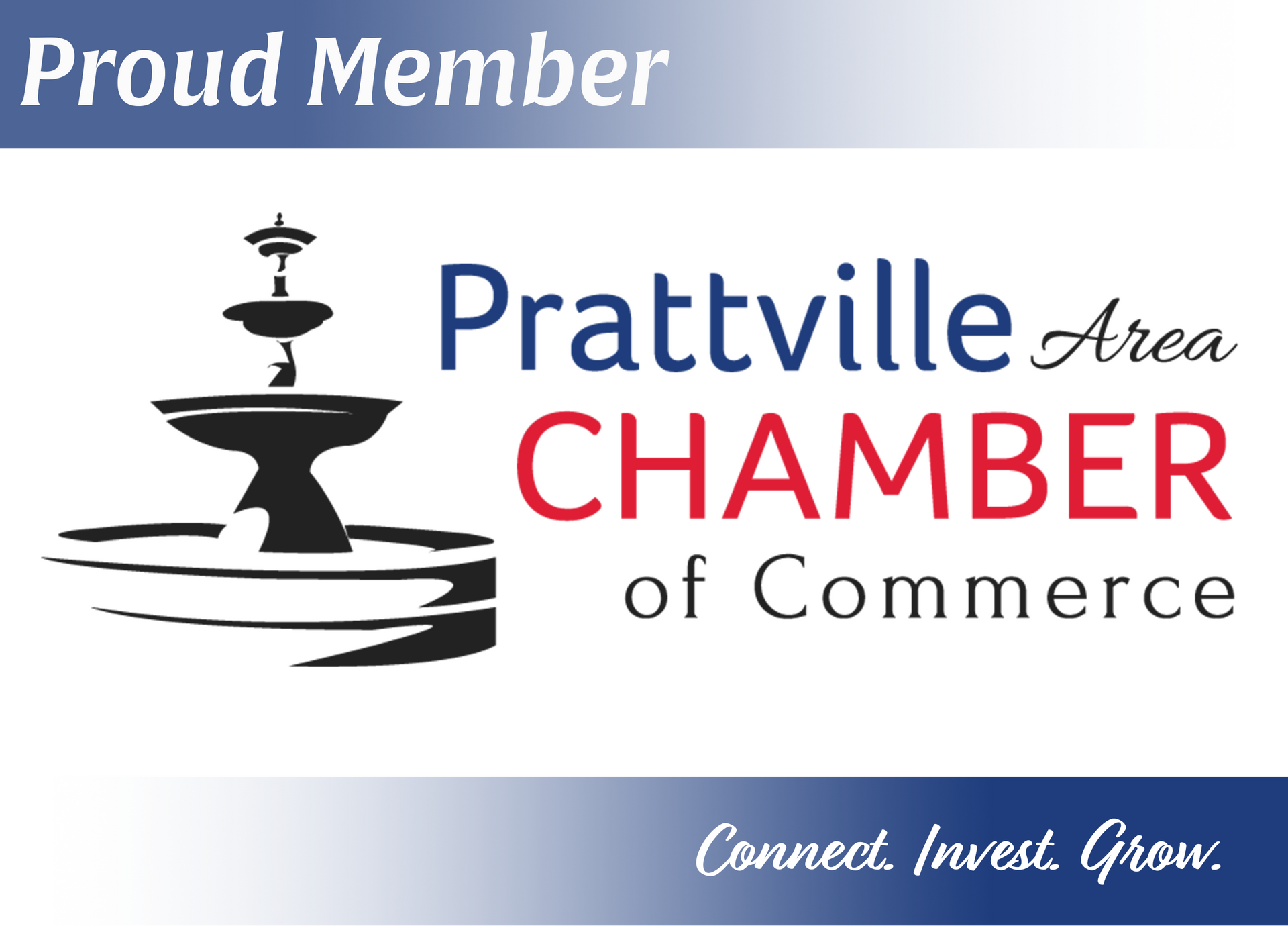Tunneled Dialysis Catheter Placement in Prattville, Alabama
Reliable Long-Term Dialysis Access When Other Options Aren’t Available
Safe, Long-Term Access When Fistulas or Grafts Aren’t Possible
When arteriovenous fistulas and grafts cannot be created or have failed, tunneled dialysis catheters provide essential long-term vascular access for life-sustaining hemodialysis. At Advanced Vascular and Wound Care in Prattville, Alabama, our board-certified vascular surgeons specialize in placing tunneled dialysis catheters using advanced techniques to maximize function and minimize complications.
Don't let vessel challenges or access failures prevent you from receiving vital dialysis treatment. Expert tunneled catheter placement can provide reliable access when other options aren't available.
What Is a Tunneled Dialysis Catheter?
A tunneled catheter is a dual-lumen central line placed under the skin and into a large vein. The subcutaneous tunnel helps reduce infection risk and stabilizes the catheter for months to years of use, unlike temporary catheters that are short-term only.
When Are Tunneled Catheters Used?
- Exhausted or failed AV fistulas/grafts
- Poor vein quality or vessel disease
- Need for immediate but long-term dialysis access
- Bridge access while waiting for fistula maturation
- Limited life expectancy where surgery isn't ideal
The Placement Procedure
Minimally Invasive
Performed under local anesthesia and sedation using real-time ultrasound and fluoroscopy
Subcutaneous Tunnel
Reduces infection risk and improves comfort
Quick & Efficient
Takes about 30–60 minutes and is ready for dialysis immediately or within 24 hours
Benefits of Tunneled Catheters
Immediate Dialysis Access:
No waiting period like with fistulas or grafts
Low Profile, Comfortable:
Designed for longer-term wear with better stability
Option for Challenging Cases:
Ideal when other access options aren’t feasible
Why Choose Advanced Vascular & Wound Care?
Dr. Justin Parden has extensive experience placing tunneled dialysis catheters with excellent success rates and low complication rates. Our Prattville facility features advanced imaging equipment including ultrasound and fluoroscopy for optimal catheter placement.
We coordinate closely with nephrology teams and dialysis centers to ensure appropriate timing and preparation for catheter use. Our commitment to patient education includes comprehensive catheter care instruction and infection prevention protocols.
Caring for Your Catheter
We’ll provide clear instructions on:
- Daily hygiene and exit site care
- What activities to avoid (e.g., swimming, heavy lifting)
- When to call about signs of infection, malfunction, or damage
- Proper care can extend the life of your catheter and prevent complications like infections, clots, or malposition.
Frequently Asked Questions
Schedule Your Catheter Consultation
Need long-term dialysis access? Call (334) 659-4717 to schedule your tunneled catheter consultation at
Advanced Vascular & Wound Care—serving
Prattville, Montgomery, and Central Alabama with expert vascular access care.

